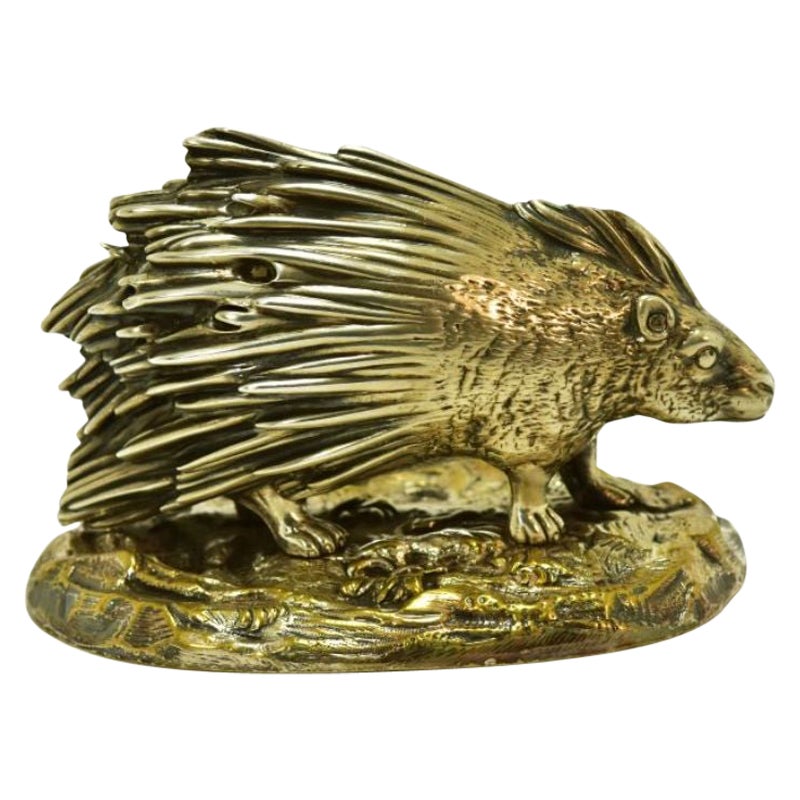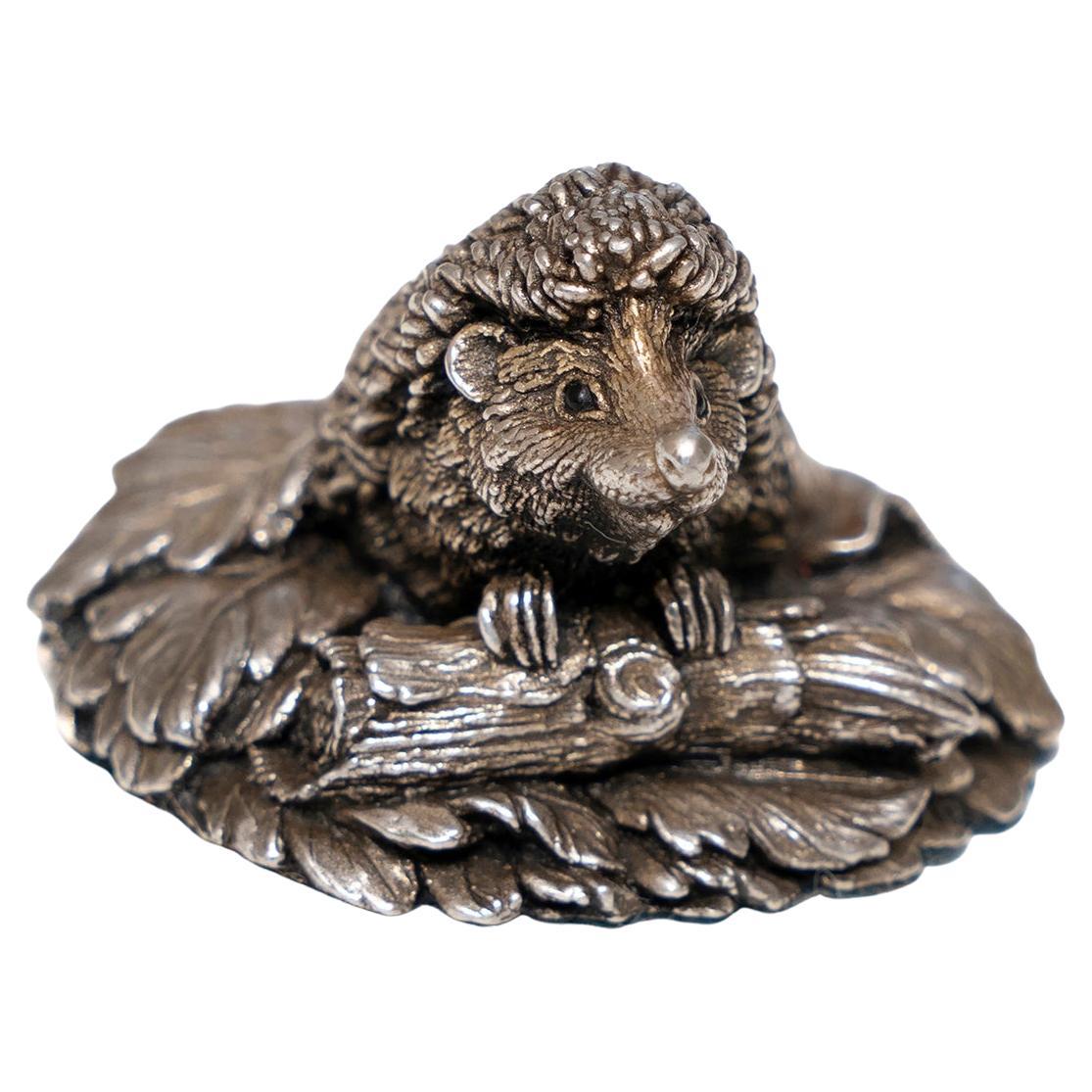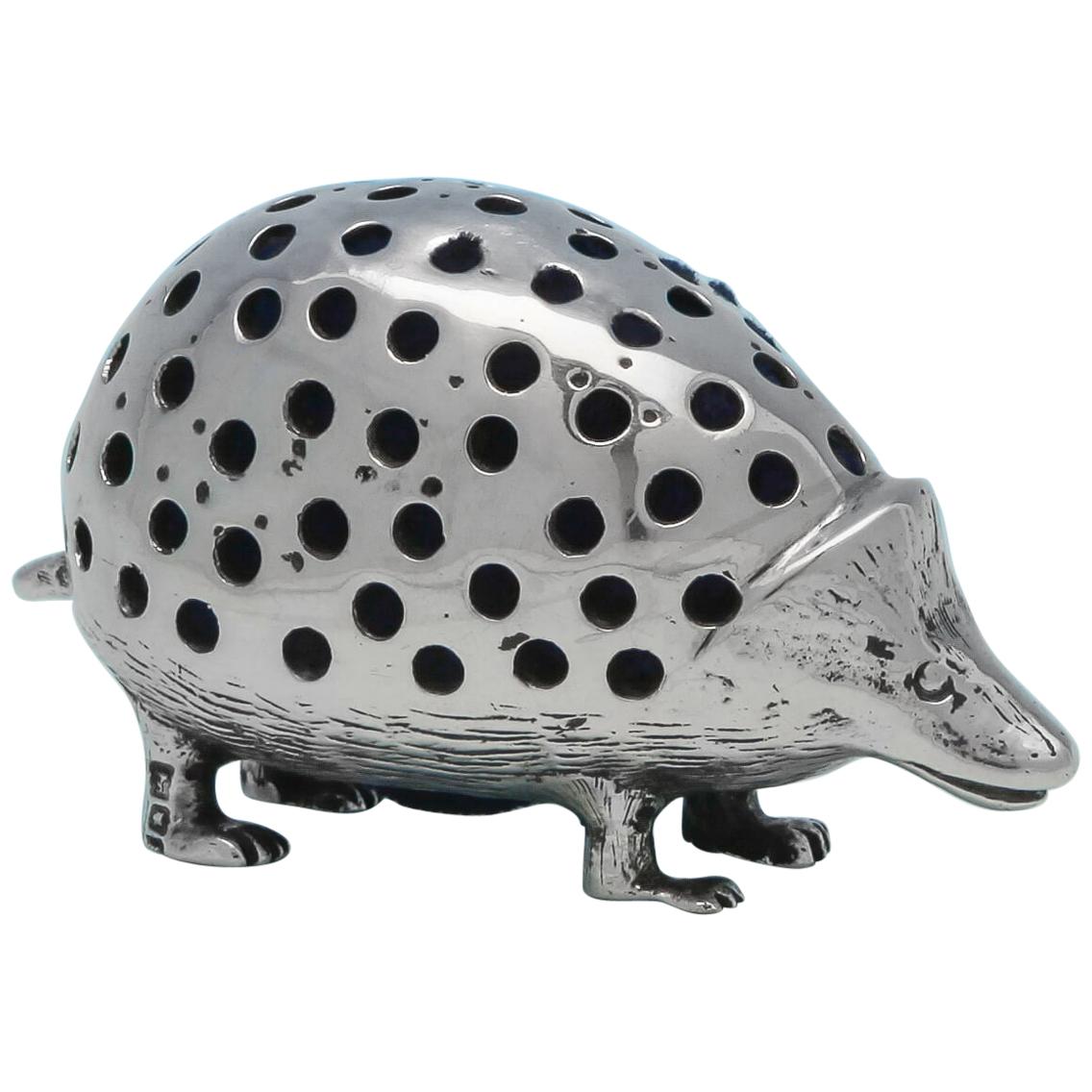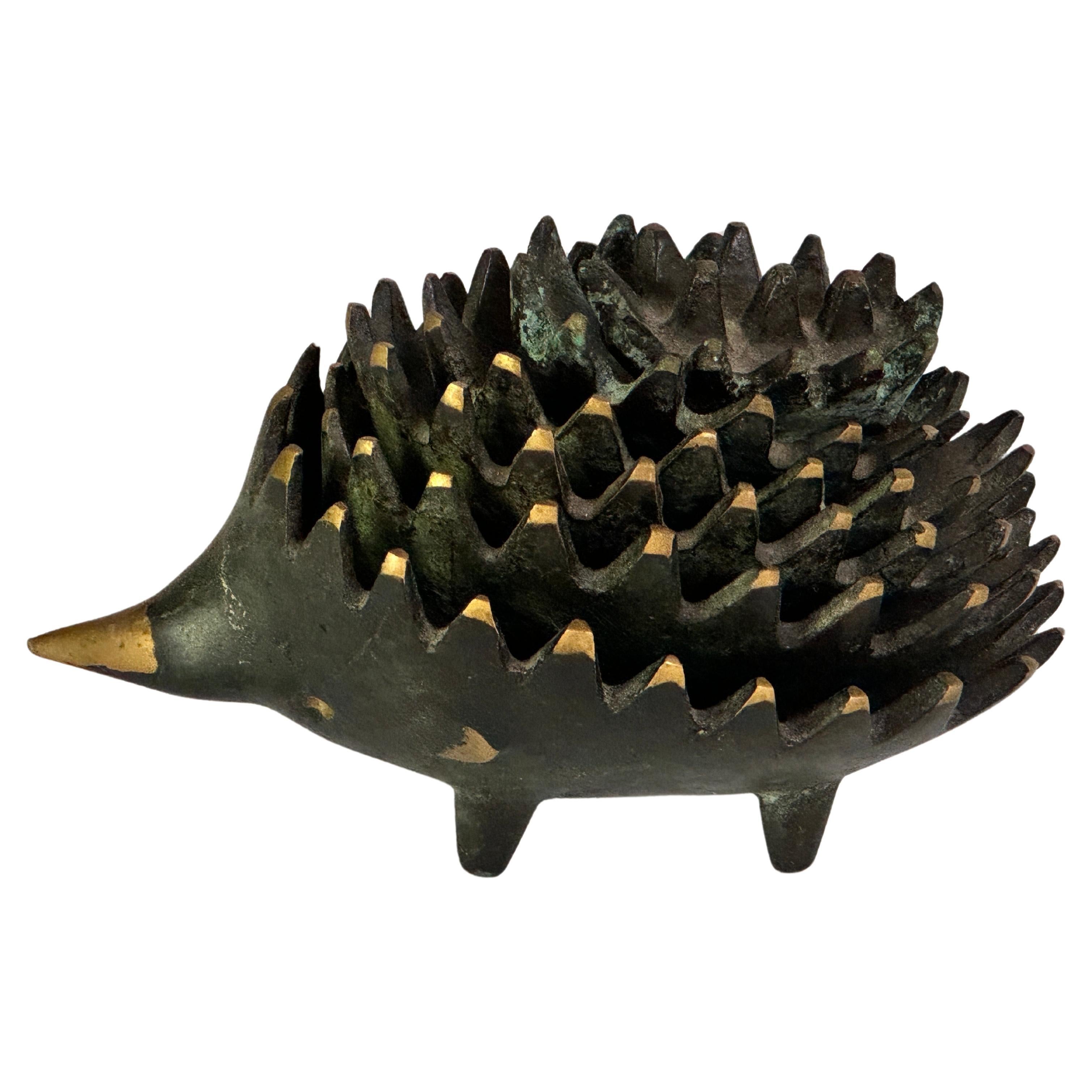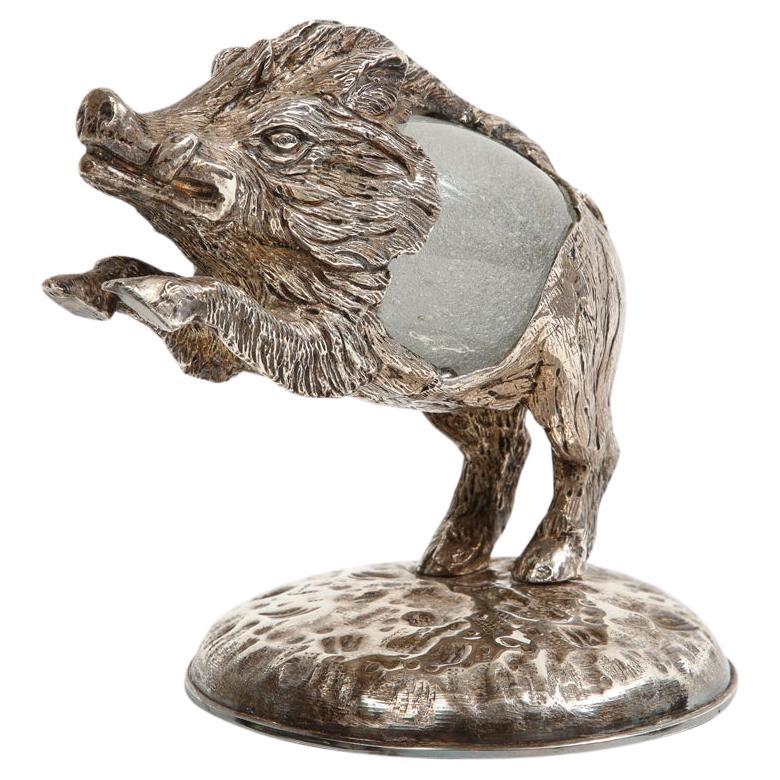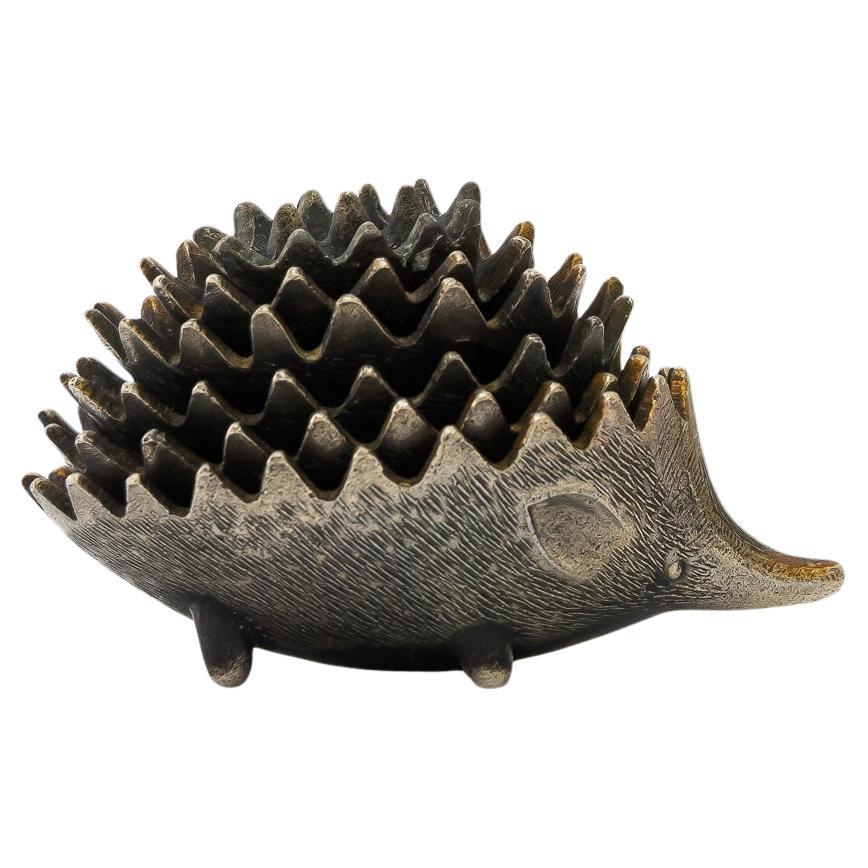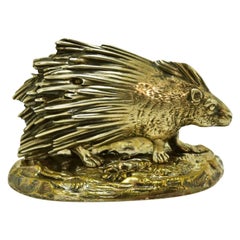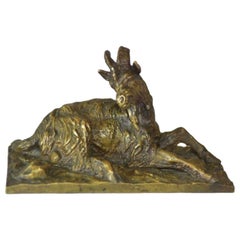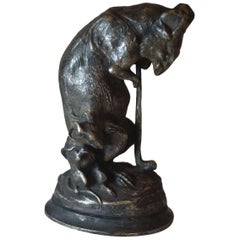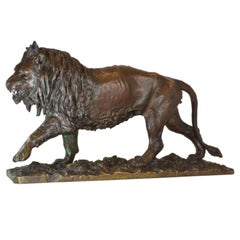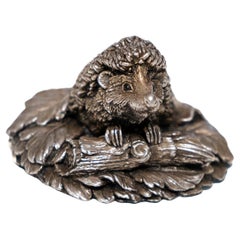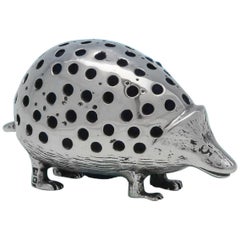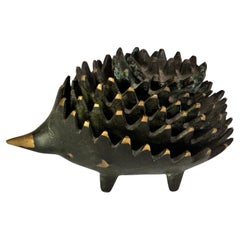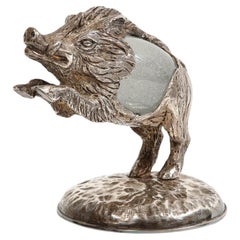Items Similar to 1940 Sterling Silver Pique Holder Depicting a Sheffield Porcupine
Want more images or videos?
Request additional images or videos from the seller
1 of 7
1940 Sterling Silver Pique Holder Depicting a Sheffield Porcupine
$3,594.43
£2,675.82
€3,000
CA$4,923.47
A$5,475.98
CHF 2,859.38
MX$66,636.79
NOK 36,518.70
SEK 34,248.10
DKK 22,837.95
Shipping
Retrieving quote...The 1stDibs Promise:
Authenticity Guarantee,
Money-Back Guarantee,
24-Hour Cancellation
About the Item
1940 Porc porcupine holder in solid silver (the base on the other hand is in silver metal and posterior to the subject) hallmark "R" in a square with a point; English punch of Sheffield of dimension: length 13 cm by 9 cm.
- Dimensions:Height: 3.55 in (9 cm)Width: 5.12 in (13 cm)Depth: 1.97 in (5 cm)
- Materials and Techniques:
- Place of Origin:
- Period:
- Date of Manufacture:1940s
- Condition:
- Seller Location:Marseille, FR
- Reference Number:Seller: 50341stDibs: LU4057318375532
About the Seller
4.4
Vetted Professional Seller
Every seller passes strict standards for authenticity and reliability
Established in 1999
1stDibs seller since 2018
79 sales on 1stDibs
Typical response time: 3 hours
- ShippingRetrieving quote...Shipping from: Marseille, France
- Return Policy
Authenticity Guarantee
In the unlikely event there’s an issue with an item’s authenticity, contact us within 1 year for a full refund. DetailsMoney-Back Guarantee
If your item is not as described, is damaged in transit, or does not arrive, contact us within 7 days for a full refund. Details24-Hour Cancellation
You have a 24-hour grace period in which to reconsider your purchase, with no questions asked.Vetted Professional Sellers
Our world-class sellers must adhere to strict standards for service and quality, maintaining the integrity of our listings.Price-Match Guarantee
If you find that a seller listed the same item for a lower price elsewhere, we’ll match it.Trusted Global Delivery
Our best-in-class carrier network provides specialized shipping options worldwide, including custom delivery.More From This Seller
View AllSolid Silver Spade Holder Depicting a Sheffield Porcupine
Located in Marseille, FR
Porcupine spade holder in solid silver (the base on the other hand is in silver metal and posterior to the subject) hallmark "R" in a square with a dot: English hallmark of Sheffield...
Category
Antique Mid-19th Century Animal Sculptures
Materials
Silver
Animal Bronze with Mouflon with Medal Patina YY Fratin Xixth
By Christophe Fratin
Located in Marseille, FR
Mouflon resting bronze with medal patina by Christophe Fratin (1801-1864). XIXth century signed on the terrace. Dedication on the back of the Fleur Quesnel terrace. Dimension 17.5 cm...
Category
Early 20th Century Animal Sculptures
Materials
Bronze
19th Century Two Black Rats Play Golf Patinated Bronze Signed Arson
By Alphonse Alexandre Arson
Located in Marseille, FR
19th century two black rats play golf patinated bronze medal signed, by Alphonse Alexandre Arson.
Category
Antique 19th Century French Animal Sculptures
Materials
Bronze
19th Century Lion Animal Bronze by Fratin
By Christophe Fratin
Located in Marseille, FR
Lion animal bronze patina 19th century medallion signed Fratin on the terrace dimension 53 cm long 31 cm high 15 cm deep
Additional information:
Materi...
Category
Antique 19th Century Animal Sculptures
Materials
Bronze
Animal Bronze with Heron on Base, 1900 Period
Located in Marseille, FR
Heron in patinated bronze on a 1900 period base, 8 cm high for a base diameter of 7.5 cm.
Additional information:
Material: bronze.
Category
Antique 19th Century Animal Sculptures
Materials
Bronze
Animal Bronze with Greyhound and Pekingese by P. J Mène, XIXth Century
Located in Marseille, FR
Greyhound and Pekinese salon dog patinated bronze medal by Pierre-Jules Mêne (1810-1879) from the 19th century. Signature on the terrace. Dimension length 24...
Category
Antique 19th Century Animal Sculptures
Materials
Bronze
You May Also Like
Paperweight Hedgehog Silver 1977 Inscribed CA 1991 Assay
Located in BUNGAY, SUFFOLK
A charming small silver desk accessory or paperweight. Birmingham 1977.
Modelled as a hedgehog with his front feet resting on a log on leafy ground looking up. Commemorative piec...
Category
20th Century English Paperweights
Materials
Britannia Standard Silver
Antique Sterling Silver Collectible Novelty Pincushion Modelled As A Hedgehog
By Goldsmiths & Silversmiths Co. Ltd.
Located in London, London
Hallmarked in London in 1902 by Goldsmiths & Silversmiths Co. This adorable Antique, Edwardian, Sterling Silver Hedgehog Pincushion is rare and collectible, with the silver overlayin...
Category
Antique Early 1900s English Edwardian Sterling Silver
Materials
Sterling Silver
Brass Walter Bosse Hedgehog Sculpture Stacking Ashtrays 1950s Austrian
By Walter Bosse
Located in Auribeau sur Siagne, FR
Ashtray in painted metal, with a green and gold patina. The artist is Walter bosse, and this model is the luxury one.
Brass Walter Bosse Hedgehog Sc...
Category
Vintage 1950s Austrian Mid-Century Modern Ashtrays
Materials
Bronze
$623 Sale Price
20% Off
Gabriella Crespi Boar, Silvered Bronze, Glass, Signed
By Gabriella Crespi
Located in New York, NY
Gabriella Crespi Boar, Silvered Bronze, Glass, Signed. Small scale realistic and magical silvered bronze sculpture, fitted with a hand-blown glass egg...
Category
Vintage 1970s Italian Mid-Century Modern Animal Sculptures
Materials
Metal
$3,840 Sale Price
20% Off
Hedgehog Ashtray, Vienna, circa Around 1950s
Located in Wien, AT
Hedgehog Ashtray, Vienna, circa Around 1950s
Orignal condition
Category
Vintage 1950s Austrian Mid-Century Modern Ashtrays
Materials
Aluminum
Walter Bosse Set of 6 Hedgehog Sculptures for Hertha Baller, circa 1950s
By Walter Bosse
Located in Camblanes et Meynac, FR
Walter Bosse Set of 6 hedgehog sculptures for Hertha Baller, circa 1950s
Mid-century Walter Bosse hedgehog stackable ashtray made in Austria. This vintage ashtray includes all six...
Category
Mid-20th Century Austrian Animal Sculptures
Materials
Brass
$364 Sale Price / set
20% Off
More Ways To Browse
Silver Animals Sterling
Solid Silver Animals
Vintage Metal Punches
Blown Glass Head
Baller Austria
Italian Glazed Terracotta
Carved Wood Horse Furniture
Hammered Metal Base
Polar Bear
Black Forest Wood Carving
Black Forest Wood Carvings
Black Cat Sculpture
Camel Decorative
Silver Animals Sterling
Paper Mache Furniture
90s Bronze
Elephant Heads
Antique Horse Heads
